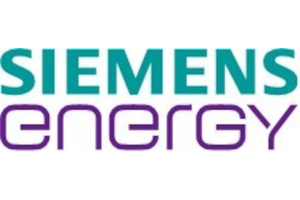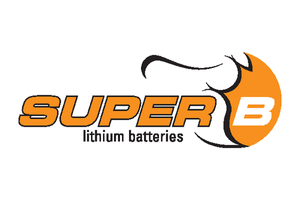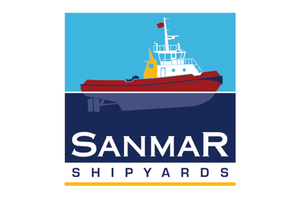Guideline towards Standardisation of Containerized Maritime Battery Systems
This document is the result of the Battery Container Standardisation Joint Industry Project organized by the Maritime Battery Forum. The increasing popularity of containerized battery systems in the maritime industry has led to the formation of a working group of MBF members in 2022 to work together to create an overview of:
• the different types of applications for containerized battery systems in the maritime sector
• the requirements for these different applications
• the available standard interfaces between container, ship, charging station, and shore side
The main goal of this overview is to identify the possibilities for standardisation and to provide the industry with a guideline towards standardisation.
There are 3 different types of maritime battery containers defined: swappable, flexible, and fixed. Swappable battery containers are discharged once on board and then replaced for a fully charged battery container. Flexible battery containers can be used for a longer period as additional energy storage for a ship. This can be days, weeks, months, or even years, for as long as the additional energy storage capacity is needed. Fixed battery containers are installed ‘permanently’ on board the ship, until the batteries are at their end of life, and must be replaced.
The largest benefits of standardisation will be for swappable battery containers, but also flexible and fixed battery containers are expected to benefit from an accelerated adoption rate if there is a high level of standardisation within the industry.
This guideline has been developed in collaboration between a group of members of the Maritime Battery Forum. We want to thank the following of the Maritime Battery Forum members for their efforts and contributions.
























